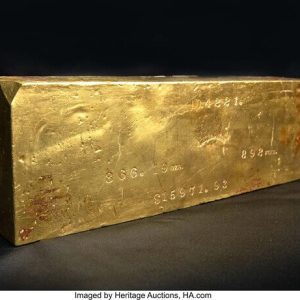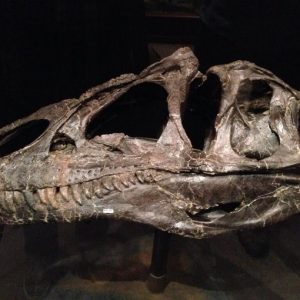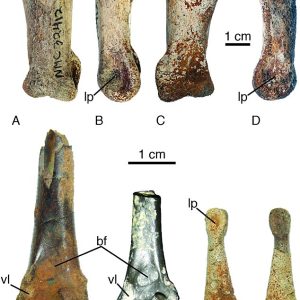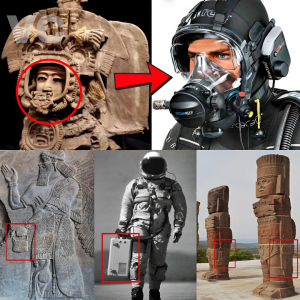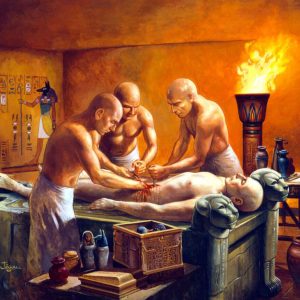Lcated in a remote location of southeastern Turkey, Mount Nemrut (Nemrut Daği in Turkish) stands tall at over 2,100 meters above sea level. It was built during the 1st century BC by King Antiochus I, the Commagene ruler, as a grandiose mausoleum for himself.
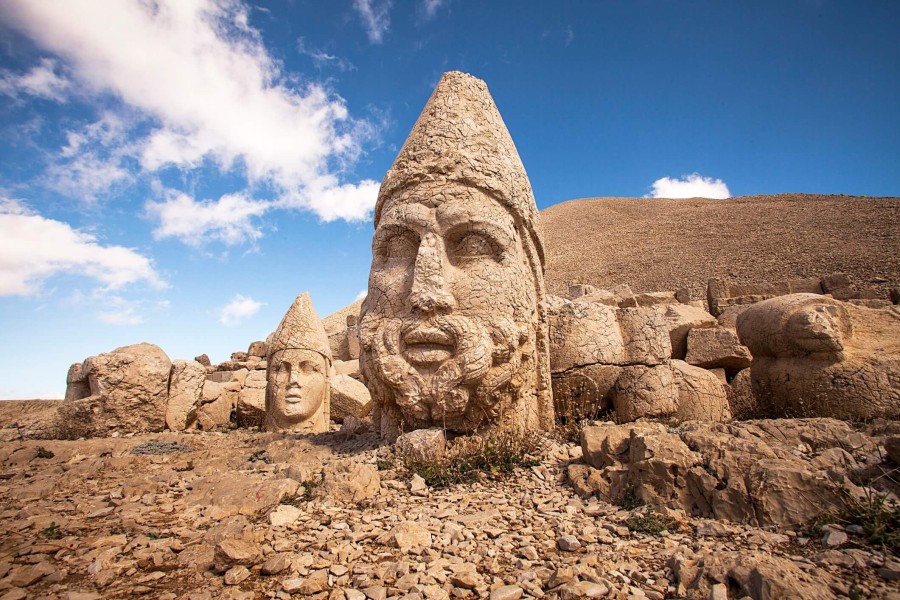
Legend has it that King Antiochus considered himself a deity and created a unique fusion of Persian, Greek, and Armenian cultures in the architecture of Mount Nemrut. The colossal statues, Greek and Persian inscriptions, and celestial alignments add to the mystical allure of this remote location.
What makes Mount Nemrut truly awe-inspiring are its colossal statues of gods and King Antiochus himself. These imposing statues, over 8 meters in height, once stood atop grand pedestals. Over time, they have fallen and now lie scattered, adding an eerie sense of grandeur to the site.
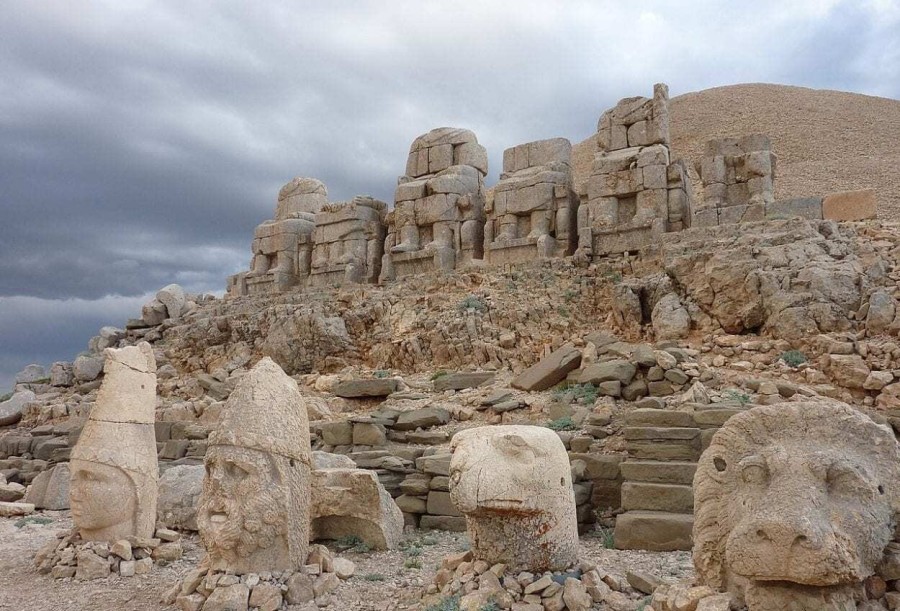
Unknown Language From 3,000 Years Ago Unearthed In Turkey
Despite its remote location, Mount Nemrut attracts countless tourists, archaeologists, and historians who come here to unravel its secrets and bask in its beauty. The UNESCO World Heritage Site offers a glimpse into a bygone era and speaks volumes about the grandeur of the Commagene Kingdom.
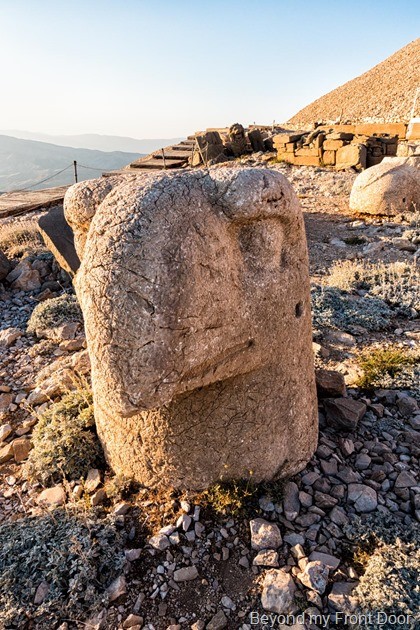
One of the most enchanting experiences at Mount Nemrut is witnessing a sunrise or sunset from its summit. As the first rays of the sun illuminate the colossal statues and the surrounding landscape, it’s as if time stands still, and you are transported back to a time of ancient kings and mythical beliefs.
While Mount Nemrut is undoubtedly the star attraction, the surrounding area also offers stunning natural beauty and historical sites. Nearby, you’ll find the Arsameia Ruins, the ancient Roman city of Zeugma, and the majestic Euphrates River. All of these places boast their own stories and add depth to your journey.
As your time at Mount Nemrut comes to an end, you’ll be left with memories of a unique adventure, where legends, ancient architecture, and the allure of a remote location merge. Mount Nemrut, a timeless sanctuary that will forever captivate those who dare to visit.
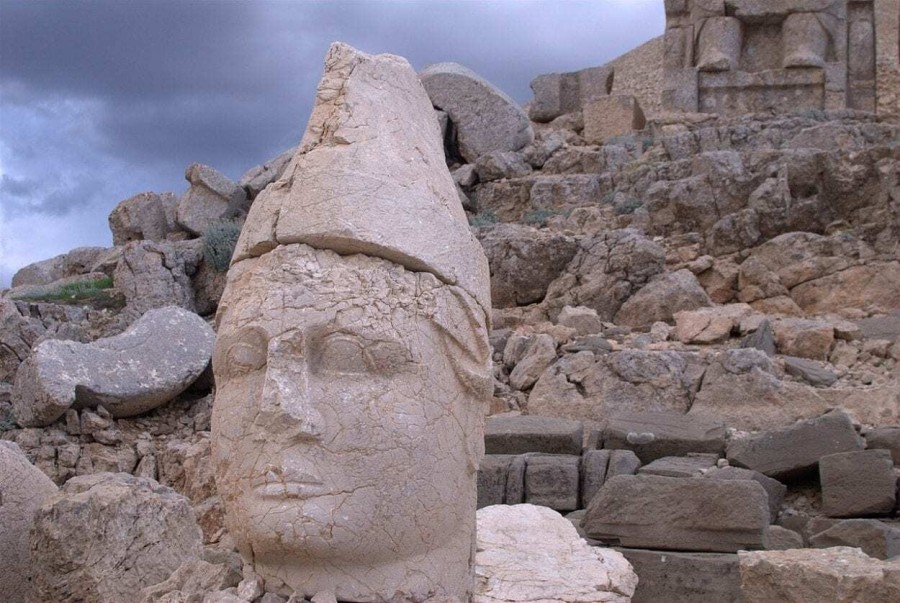
Top 10 Amazing Facts about Mount Nemrut
- The Enigmatic Mount Nemrut
Mount Nemrut, located in southeastern Turkey, is a mesmerizing archaeological site that has captured the attention of travellers and historians alike. This monumental mountain is shrouded in mystery and has an intriguing history that dates back thousands of years. Here are 14 fascinating facts about Mount Nemrut that will leave you in awe of its beauty and cultural significance.
- The Mysterious Giant Statues
One of the most remarkable features of Mount Nemrut is its giant stone statues. These statues, which are up to 30 feet tall, are believed to represent Greek and Persian gods. The heads of the statues have fallen from their bodies, creating an eerie yet captivating sight.
- A UNESCO World Heritage Site
In 1987, Mount Nemrut was designated as a UNESCO World Heritage Site. This prestigious recognition acknowledges the cultural and historical importance of the site and ensures its preservation for future generations.
- King Antiochus I’s Legacy
Mount Nemrut was built as a funerary monument for King Antiochus I of Commagene. The king ruled over a small kingdom in the 1st century BC and left behind an enduring symbol of his power and greatness.
- The Royal Tomb
In addition to the giant statues, Mount Nemrut features a royal tomb where the remains of King Antiochus I are believed to be buried. This tomb adds an air of mystery and intrigue to the already awe-inspiring site.
- An Imposing Throne-Like Structure
At the summit of Mount Nemrut stands an enormous throne-like structure, known as the Hierotheseion. This structure, surrounded by the statues of gods, was intended to serve as a divine meeting place between the gods and the king.
- The Astrological Alignment
One of the most fascinating aspects of Mount Nemrut is its astrological alignment. During the summer and winter solstices, the first rays of the rising sun strike the statues and create a breathtaking spectacle.
- A Meeting Place of Cultures
Mount Nemrut reflects the cultural fusion of Greek and Persian influences. The statues combine elements from both civilizations, symbolizing the historical connections and interactions between these ancient cultures.
- The Beauty of Sunset
Witnessing the sunset from the summit of Mount Nemrut is an experience like no other. As the sun dips below the horizon, it bathes the statues and the surrounding landscape in a golden glow, creating a truly magical atmosphere.
- A Journey through Mythology
The statues at Mount Nemrut represent various deities from Greek and Persian mythology. These include Zeus, Apollo, Hercules, and Fortuna. Exploring the site is like stepping into a world of ancient legends and myths.
